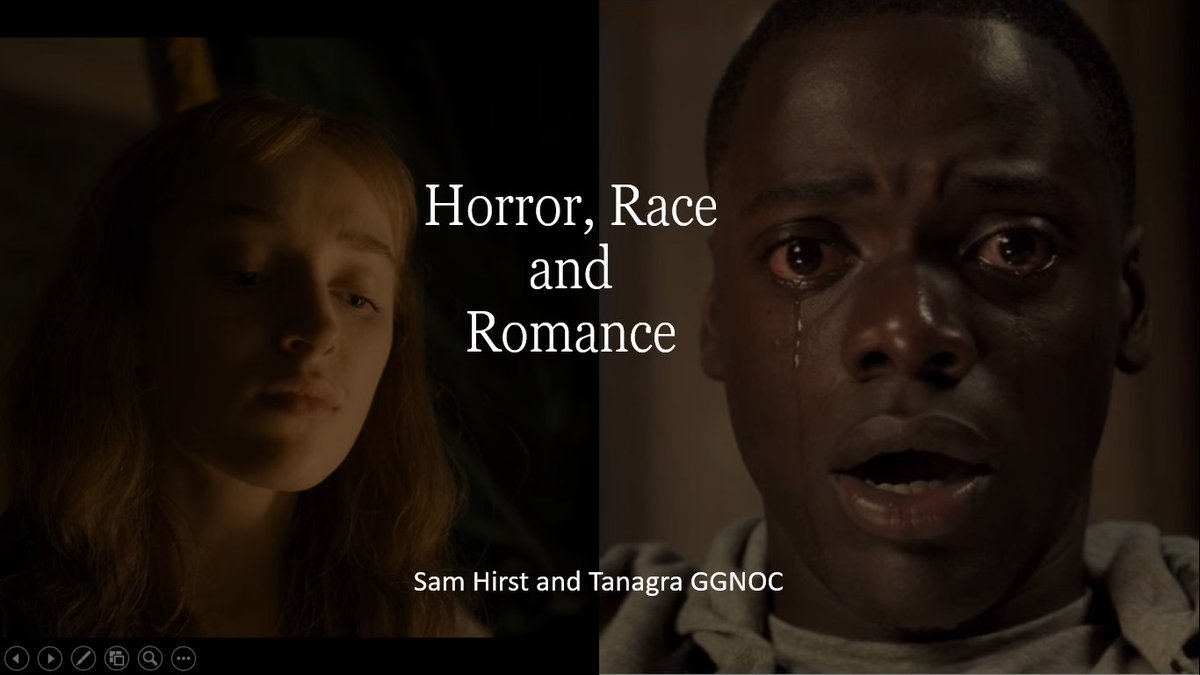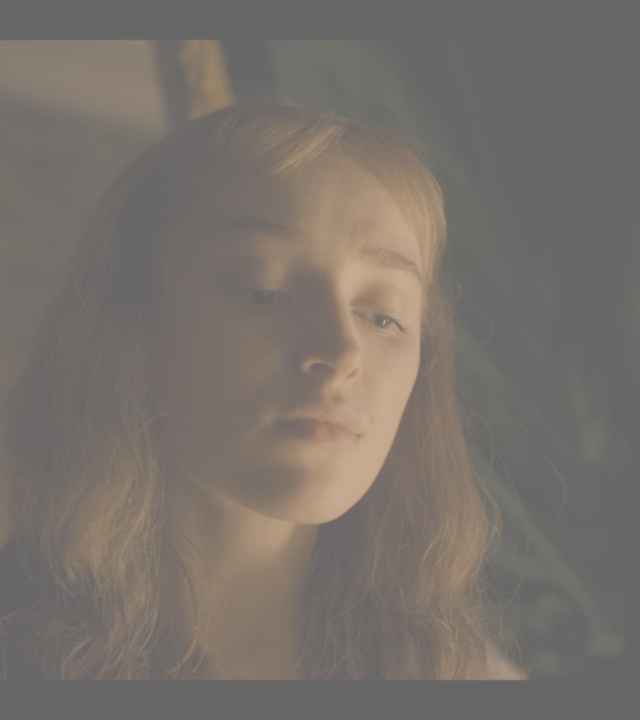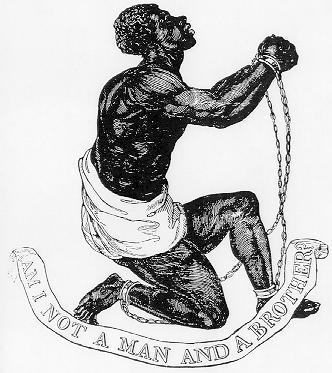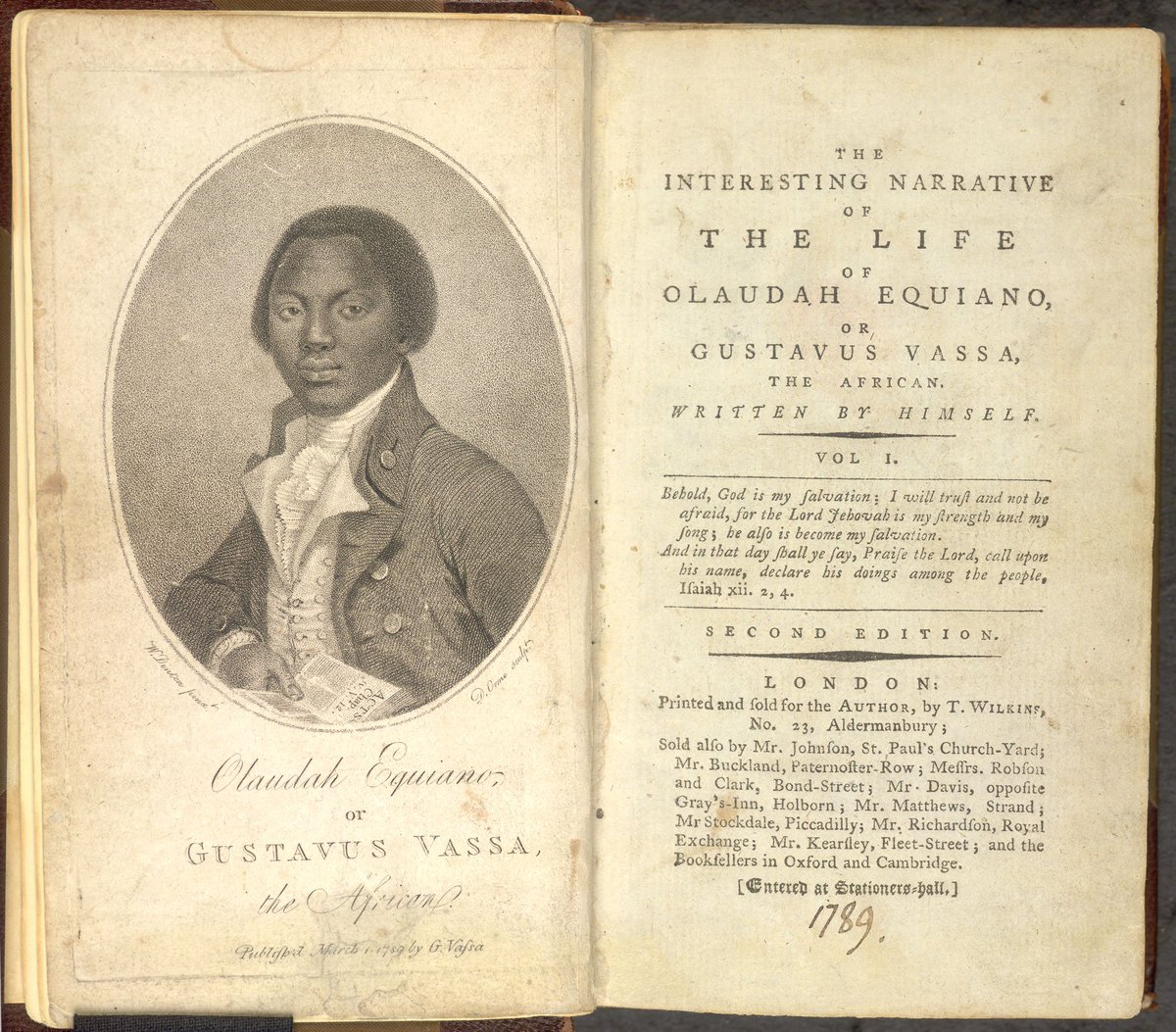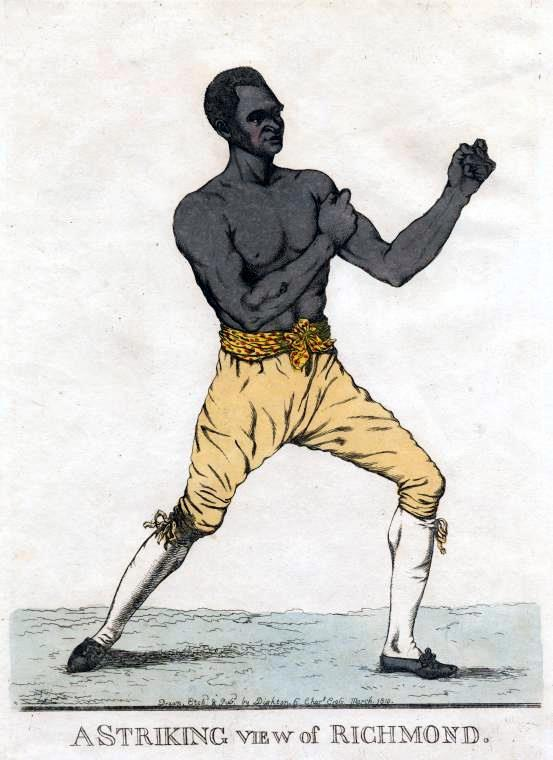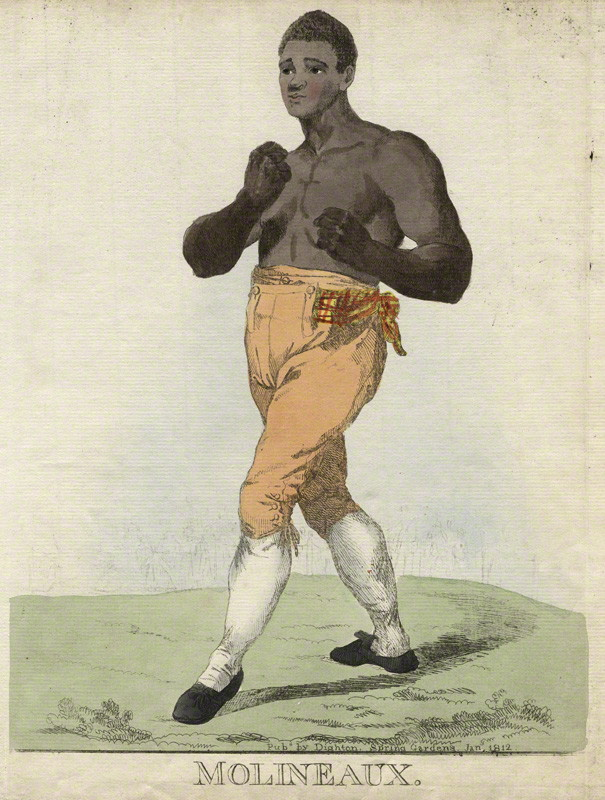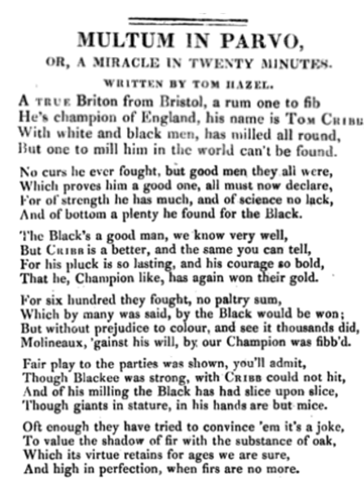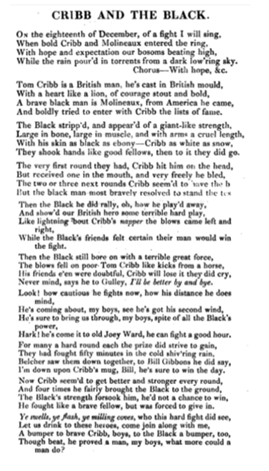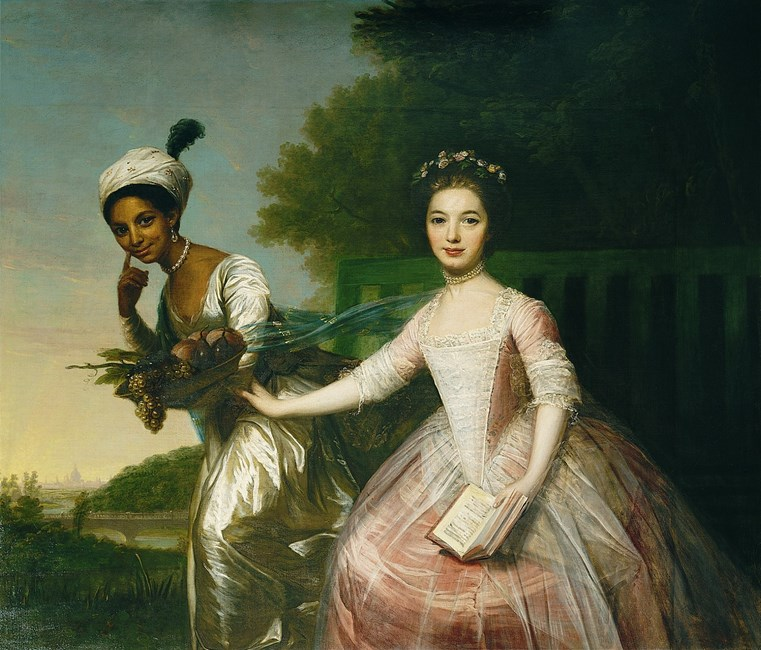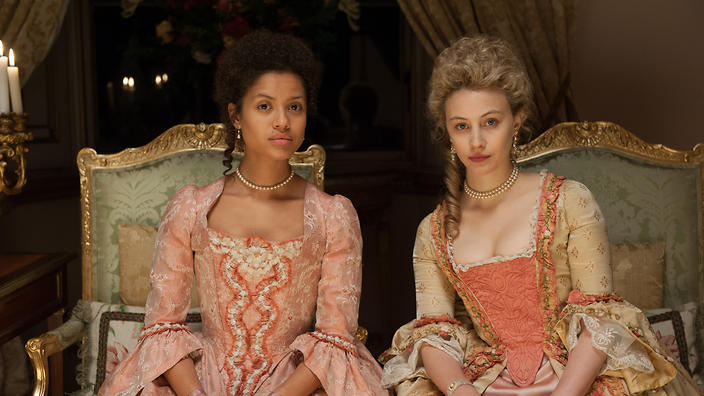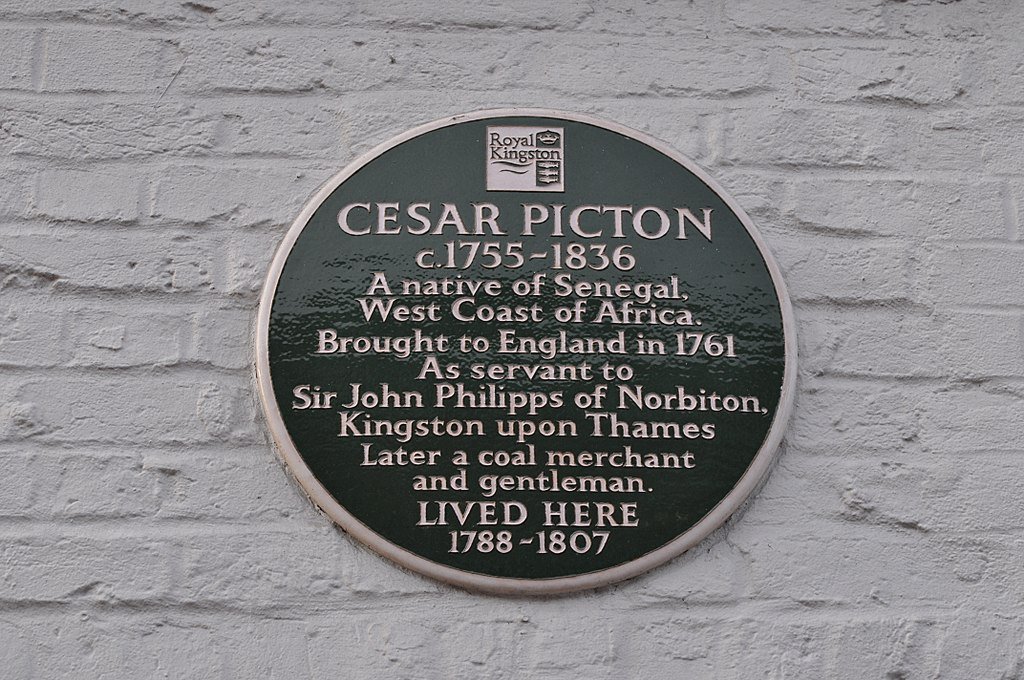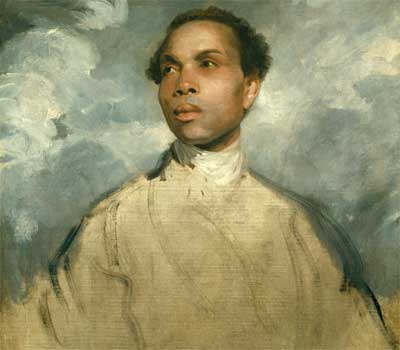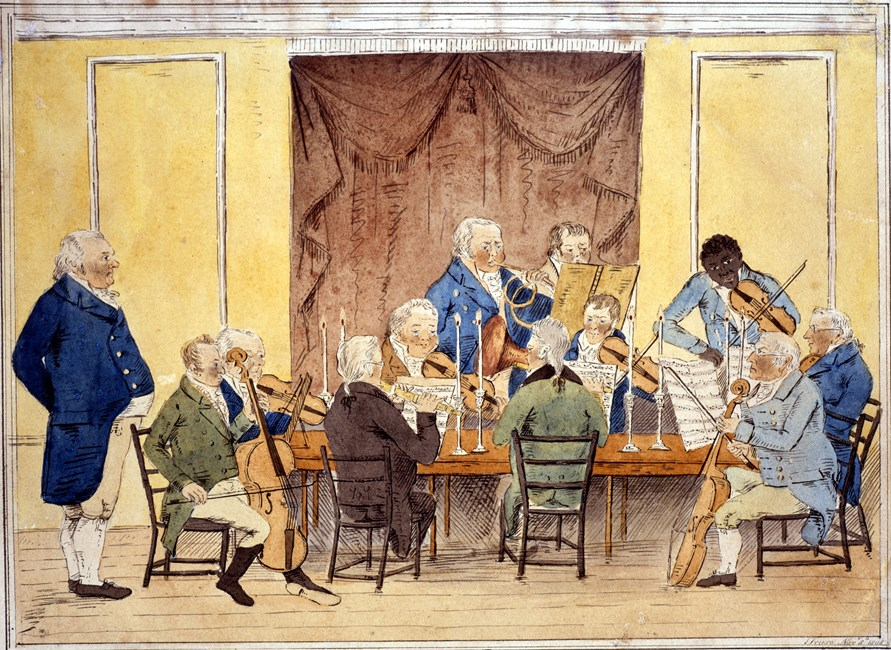Making up some slides for @TanagraGGNOC and I's session on Horror, Race and Romance on Sunday.
We're talking black history and representation in horror and romance on Sunday. Looking at love and horror in equal measure.
Want to join us? Just say hi for the link.
We're talking black history and representation in horror and romance on Sunday. Looking at love and horror in equal measure.
Want to join us? Just say hi for the link.
What will we be looking at on Sunday? Well... A LOT.
We'll be talking race and the Regency'. Black Britain at the time of Bridgerton. Questions of historical representation. We'll be thinking about anti-racist world-building and whether Bridgerton succeeds.
We'll be talking race and the Regency'. Black Britain at the time of Bridgerton. Questions of historical representation. We'll be thinking about anti-racist world-building and whether Bridgerton succeeds.
There are all sorts of misconceptions about history and race in Britain. They verge from a blanket assumption of the absence of black people, to assertions about Britain's as an oasis of freedom, to an attempt to highlight Britain's role in the slave trade
There's always a risk (particularly for white people) of committing the same error as so many early abolitionists - curating and controlling black lives and narratives in the period to condemn the slave trade while ignoring individuality and agency and unedited black voices.
The classic example of this is the famous (and successful) medallion designed by Wedgewood: 'Am I not a man and a brother?'
It had an important role in popularising the abolitionary movement among white British people. Becoming a fashion accessory.
It had an important role in popularising the abolitionary movement among white British people. Becoming a fashion accessory.
Focused on a stylised black body, it creates a narrative of victimhood without agency and rouses pity rather than empathy. The placement and expression reproduce a dialectic of power in which the off-stage white 'master' is the individual whose inner character and actions count.
This stylisation of black suffering in the abolitionary movement, and the appeal to the exalted sensibility of the white individual, was a common technique both visually and in written prose and poetry.
In the works of people like Mary Prince, this white control of the narrative takes the form of intrusive editing. 'The History of Mary Prince' was recorded from Prince's oral telling by Susanna Strickland and then further edited by Thomas Pringle.
The editorial notes claim the authenticity of the text but note that changes have been made to expression and we know that some incidents were removed or edited out. Pringle's edit also includes copious explanatory footnotes,
a large collection of accompanying letters and testimonies (from white men largely asked to vouch for Mary's story), we are told furthermore of physical examinations on Mary conducted to corroborate her tale and an unrelated story is added.
Mary is not erased from the text, but the role played by a white editor in controlling the narrative in order to focus its direction, get rid of unpalatable details, produce an 'approved' version of blackness is clear.
If we focus only on one aspect of the past, we run the risk of similarly erasing black individuals, voices and agency. We risk basing our entire understanding of black lives on their relation to white lives and the horrific institution of slavery.
Focusing on individual lives, we also, of course, run the risk of losing sight of the bigger picture. So, what is the bigger picture? Britain was a prime actor in the Transatlantic slave trade which saw approximate 12 million black Africans enslaved and traded.
Much of Britain's wealth came from the slave trade. Britain itself, while depicting itself (especially after the Somerset case) as a place in which slavery no longer existed, continued to effectively reproduce slavery within its borders with Black workers unable to leave or...
, as with Olaudah Equiano, kidnapped or forcibly removed from England by the men who claimed to own them. There were abolitionary movements increasingly from the mid-18th century, starting with Dissenters and Evangelical Anglicans, but also hard pro-slavery supporters.
Those who moved to England and lived in England encountered limits to the employment they could sustain and generally speaker a lower social status as well as discrimination and threat arising from the widespread racist epistemologies of the period.
What is certainly true is that Britain was not 'white' as is often portrayed in period dramas or asserted by Romance readers who don't want a 'woke' agenda. In the 1790s up to 20,000 'Poor' Black people lived in London, working in a variety of positions though often in service.
As any historian can tell you, Black people have a long history in Britain. But there was a particular growth in the Black population at that time. Here's a good easy intro from the incredible @DavidOlusoga
How I'd like to end the thread is by introducing a few examples of the Black people living and working in the period. I'll intro a few but go and look people up. Go explore. Find a whole world. Thousands of Black lives with their own stories. https://www.nationalarchives.gov.uk/pathways/blackhistory/
One of the most famous Black British figures is Olaudah Equiano and you can read his story in his own words. Kidnapped as a child, while enslaved he served in the navy, became a clerk and then trader in the West Indies and America and became a figure in the abolitionary movement.
He was a key figure in the 'Sons of Africa' black abolitionary group and involved in the attempted set up of the Sierra Leone colony for the 'Black Poor' as a Commissary of Provisions and Stores but left after speaking out against corruption.
He was also involved in radical political groups, arguing for increased suffrage, like the London Corresponding Society. He married Susannah Cullen who he met on a book tour. The marriage resulted in two children before Susannah's unfortunate early death.
Bill Richmond was a famous British boxer (born originally in New York). He trained originally as a cabinet-maker, lived in Yorkshire with his Yorkshie wife Mary Dunwick. He was the subject of racial prejudice and fought back after several racial attacks.
Bill Richmond became a boxing star in his 40s when he moved to London. With his winnings, he became the owner of the 'Horse and Dolphin' pub in London and took over training the rising star Tom Molineaux. He eventually ran a boxing school as well as doing a few Royal exhibitions!
Tom Molineaux was another famous name in boxing and his initial bout with Thomas Cribb in 1810. An INCREDIBLY long bout and one of the most famous and controversial ever... Molineaux was all set to win before an accusation of cheating which gave Cribb time to recover!
A fascinating contemporary resource are the ballads written about the first Molineaux/Cribb fight. Here are a few! Original source - https://www.google.co.uk/books/edition/Boxiana_Or_Sketches_of_Ancient_and_Moder/9YYoAAAAYAAJ?hl=en&gbpv=0
Taking a quick donut break. I'll be back!
Records of Black women in the period are often harder to find although they composed a significant part of the Black population. The most famous Black woman in the 18th century was, of course, Dido Elizabeth Belle.
Born the illegitimate daughter of Maria (an enslaved woman) and Sir John Lindsay, she grew up in Kenwood House (the seat of Lord Mansfield, her great-uncle). She ran the dairy and aided in Lord Mansfield's correspondence. While one of the family, she had a lower status.
Her history is the subject (with some... historical changes) of the film Belle. She eventually married steward John Davinier and had three children.
Another well-known figure was Cesar Picton. Kidnapped at 6, he was brought to England in 1761 and worked in the family of Sir John Phillips until the death of his employers. Using a legacy, he became a coal merchant and eventually worked his way from merchant to gentleman
This (probable) Joshua Reynolds' painting is thought to be of Francis Barber.
He worked with Samuel Johnson (a vigorous opponent of the slave trade), including assisting with editing his famous dictionary. He also worked as an apothecary and served in the navy at various times.
He worked with Samuel Johnson (a vigorous opponent of the slave trade), including assisting with editing his famous dictionary. He also worked as an apothecary and served in the navy at various times.
He received an inheritance from Johnson and moved to Staffordshire where he married a local woman. He initially opened a draper's shop and later a school. His son, Samuel, became a Methodist lay preacher.
Joseph Emidy was a renowned violinist. He was born in Guinea, enslaved, freed in Portugal, pressed by the British navy and eventually was able to settle in Cornwall becoming a key figure in the Cornish music scene!
Oops, thread got broken follow on from here https://twitter.com/RomGothSam/status/1360278298329309187?s=20

 Read on Twitter
Read on Twitter